Tea eggs, a beloved street food and home-cooked delicacy across East Asia, hold a special place in culinary traditions. These marbled, aromatic eggs are created by simmering eggs in a mixture of tea, spices, and soy sauce, resulting in a savory snack with a delicate balance of umami, bitterness, and earthiness. While the cooking process itself is relatively straightforward, the choice of tea plays a pivotal role in determining the final flavor profile, color, and depth of the dish. This article explores the nuances of selecting the ideal tea for tea eggs, delving into the chemistry of tea flavors, cultural preferences, and practical considerations for home cooks and culinary enthusiasts.
The Role of Tea in Tea Eggs
At its core, tea eggs are a product of marination and slow cooking. The tea serves multiple purposes: it imparts color to the eggshells and egg whites, infuses the eggs with tannins and polyphenols for a subtle astringency, and acts as a flavor carrier for spices like star anise, cinnamon, and Sichuan pepper. The type of tea used directly influences the intensity of these effects. For instance, black teas, known for their robustness, yield a deep amber hue and a bold flavor, while green teas offer a lighter, grassy note. The challenge lies in selecting a tea that complements the savory elements of the dish without overpowering them.
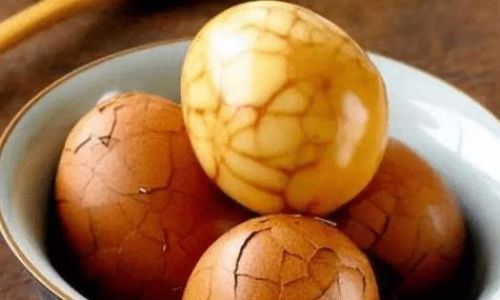
Black Tea: The Traditional Choice
Black tea is the most commonly recommended variety for tea eggs, and for good reason. Its high oxidation level results in a strong flavor profile characterized by malty, smoky, or even chocolatey undertones. Varieties such as Keemun, Lapsang Souchong, and English Breakfast are particularly well-suited for this dish.
Flavor Profile: Black tea’s boldness cuts through the richness of the soy sauce and spices, creating a harmonious balance. Its tannins also aid in tenderizing the egg whites, resulting in a slightly firmer texture that absorbs flavors more effectively.
Culinary Tips:
- Opt for loose-leaf black tea over tea bags for a richer infusion.
- Avoid overly floral or citrusy black teas, as they may clash with the savory base.
- For a smokier twist, experiment with Lapsang Souchong, which imparts a campfire-like aroma.
Oolong Tea: A Middle Ground
Oolong tea, partially oxidized and ranging from floral to toasty, offers a nuanced alternative to black tea. Its complexity makes it ideal for those seeking a layered flavor profile without the bitterness of black tea.
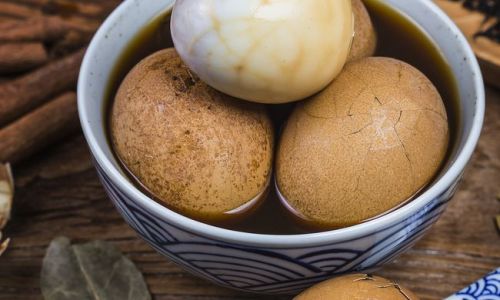
Flavor Profile: Lightly oxidized oolongs, such as Tie Guan Yin, contribute a floral, almost buttery note, while darker oolongs like Da Hong Pao offer a roasted, mineral-rich taste.
Culinary Tips:
- Use oolong tea in combination with black tea for a hybrid flavor.
- Adjust simmering time to prevent over-extraction of tannins, which can lead to bitterness.
Pu-erh Tea: The Earthy Contender
Pu-erh tea, a fermented tea from China’s Yunnan Province, is revered for its earthy, mushroom-like flavor and medicinal properties. Its deep umami notes make it a fascinating choice for tea eggs, particularly for adventurous cooks.
Flavor Profile: Aged pu-erh lends a rich, almost meaty taste to the eggs, while younger pu-erh varieties offer a milder, slightly astringent profile.
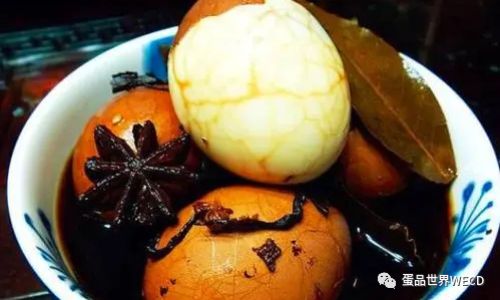
Culinary Tips:
- Use ripe (shou) pu-erh for a sweeter, more approachable flavor.
- Combine pu-erh with star anise or cloves to enhance its earthy undertones.
Green Tea: A Delicate Approach
Green tea, with its minimal oxidation and grassy freshness, is a less conventional choice but can yield elegant results when used judiciously.
Flavor Profile: High-quality green teas like Longjing or Sencha impart a subtle vegetal sweetness, while avoiding the bitterness associated with oversteeping.
Culinary Tips:
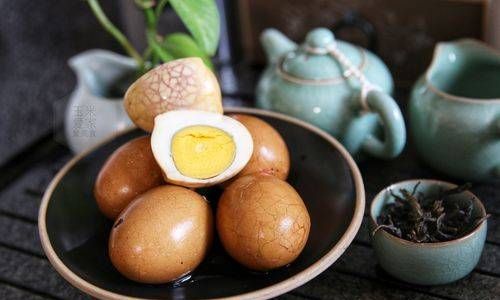
- Use low heat and shorter cooking times to preserve the tea’s delicate flavors.
- Pair green tea with lighter soy sauces or mirin to maintain balance.
Herbal Infusions and Blends: Beyond Camellia Sinensis
While traditional recipes rely on Camellia sinensis (the tea plant), modern interpretations sometimes incorporate herbal infusions or tisanes. Examples include chrysanthemum, rooibos, or chamomile.
Flavor Profile: Herbal options introduce floral, fruity, or spicy notes, but they lack the tannins necessary for color and texture development.
Culinary Tips:
- Use herbal blends in conjunction with a base tea (e.g., black tea) to add complexity.
- Avoid acidic ingredients like hibiscus, as they may curdle the eggs.
Regional Variations and Cultural Preferences
The choice of tea for tea eggs often reflects regional traditions and ingredient availability.
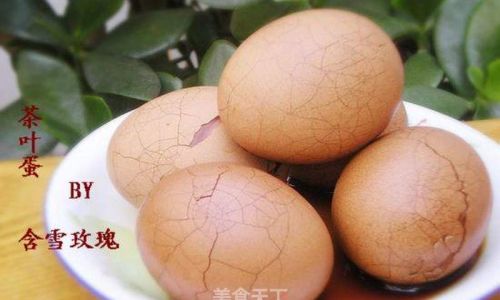
- Taiwan: Tea eggs here often use local oolongs, such as Dong Ding, for their floral complexity.
- Hong Kong: Street vendors may use Ceylon black tea for its affordability and strong color.
- Japan: While uncommon, some recipes experiment with genmaicha (green tea with roasted rice) for a toasty twist.
Factors to Consider When Selecting Tea
- Flavor Intensity: The tea should complement, not dominate, the soy sauce and spices.
- Tannin Content: Higher tannin levels (e.g., black tea) yield better color and texture.
- Cost vs. Quality: Premium teas may be wasted in long simmers; mid-range options strike a balance.
- Availability: Opt for easily accessible varieties unless pursuing authenticity.
Common Mistakes to Avoid
- Oversteeping: Prolonged boiling can make the tea bitter. Simmer gently and turn off the heat once the desired color is achieved.
- Using Flavored Teas: Artificial additives (e.g., bergamot in Earl Grey) can create an artificial aftertaste.
- Neglecting Spice Ratios: The tea should harmonize with star anise, cinnamon, and other aromatics, not overshadow them.
Enhancing Flavor: Beyond the Basics
Experienced cooks often elevate their tea eggs with additional ingredients:
- Dark Soy Sauce: Adds depth and richness.
- Rock Sugar: Balances bitterness with subtle sweetness.
- Shaoxing Wine: Introduces a fermented complexity.
- Dried Chilies: For a hint of heat (common in Sichuan-style recipes).
The Science Behind Tea and Eggs
Tannins in tea bind to egg proteins, altering their texture and creating the signature marbled pattern. This reaction is most effective when the tea is steeped at 80–90°C (176–194°F), as higher temperatures can denature proteins excessively.
Conclusion: Crafting Your Signature Tea Egg
The best tea for tea eggs ultimately depends on personal preference and culinary goals. Black tea remains the safest and most versatile choice, but oolong, pu-erh, and even green tea offer exciting possibilities for experimentation. Whether adhering to tradition or embracing innovation, the key lies in understanding how tea’s flavor compounds interact with the eggs and spices. So, brew a pot, crack some shells, and savor the art of balancing bitterness, sweetness, and umami in every bite.
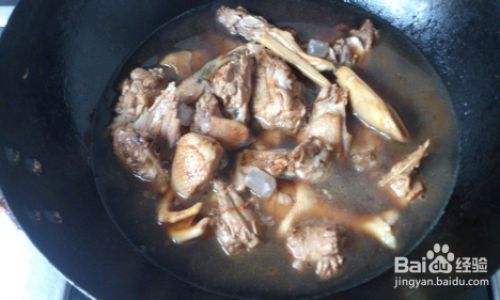
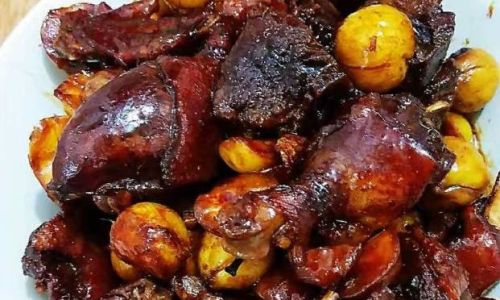


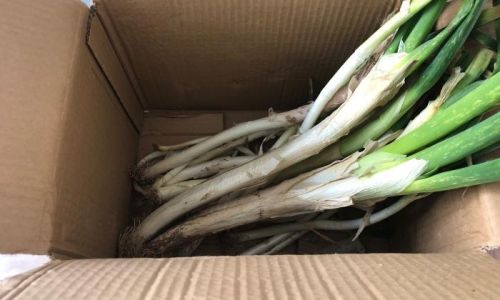
0 comments